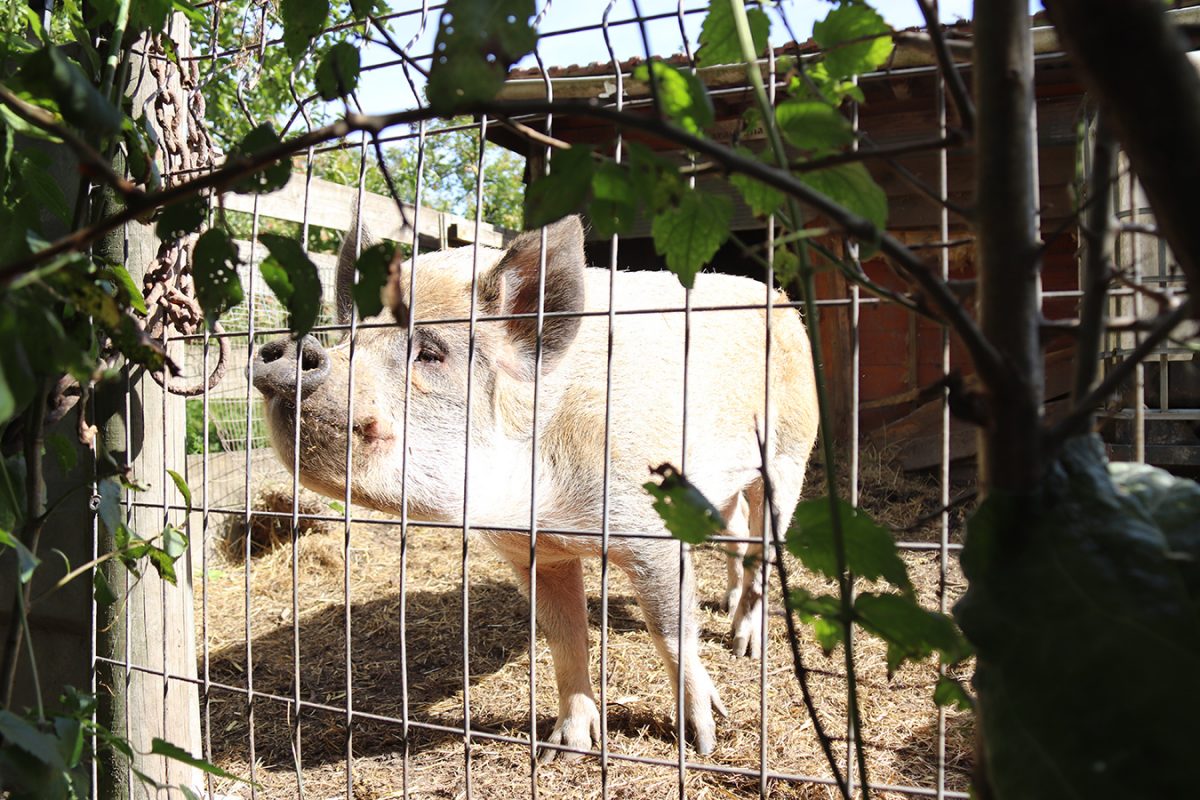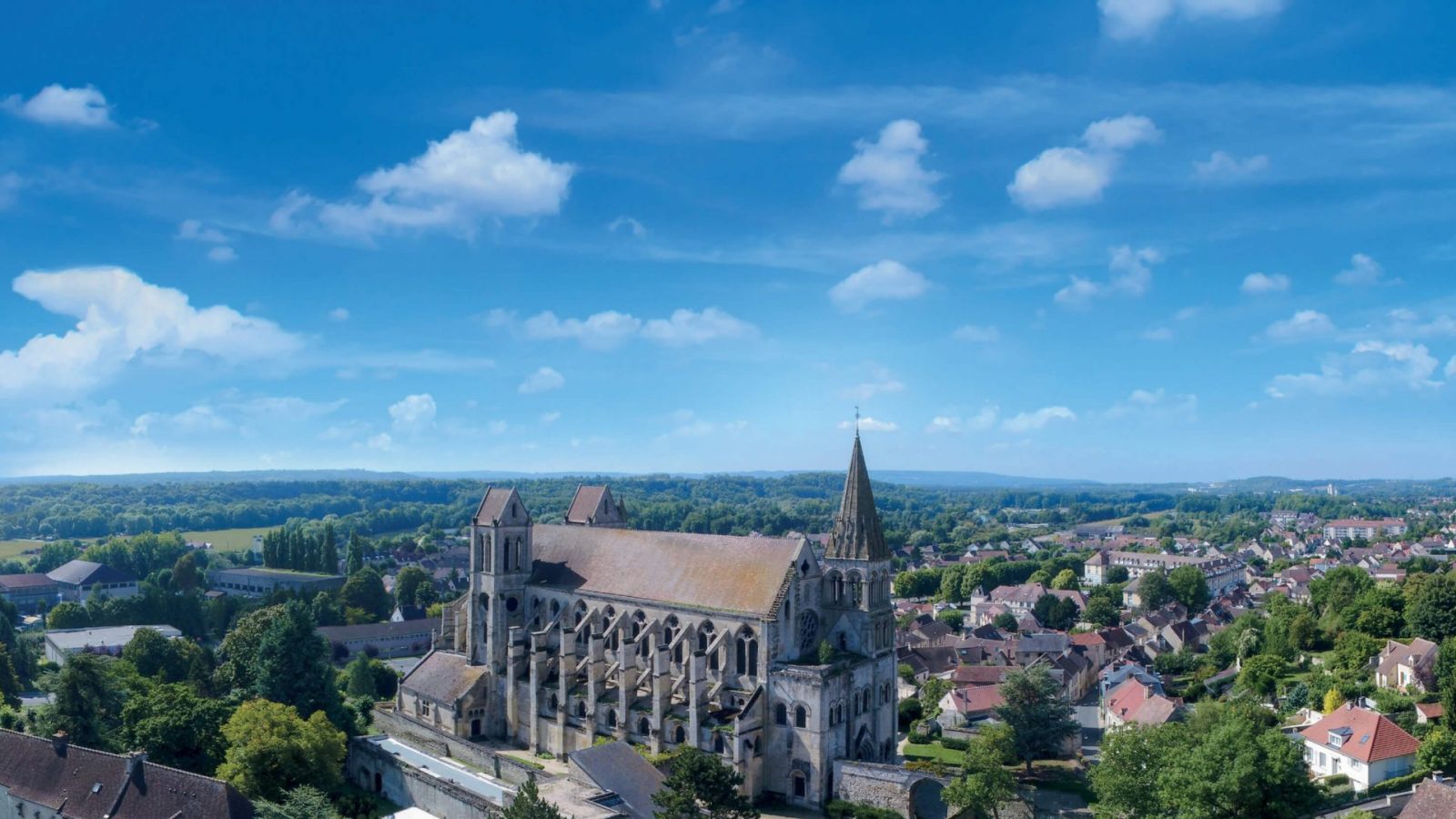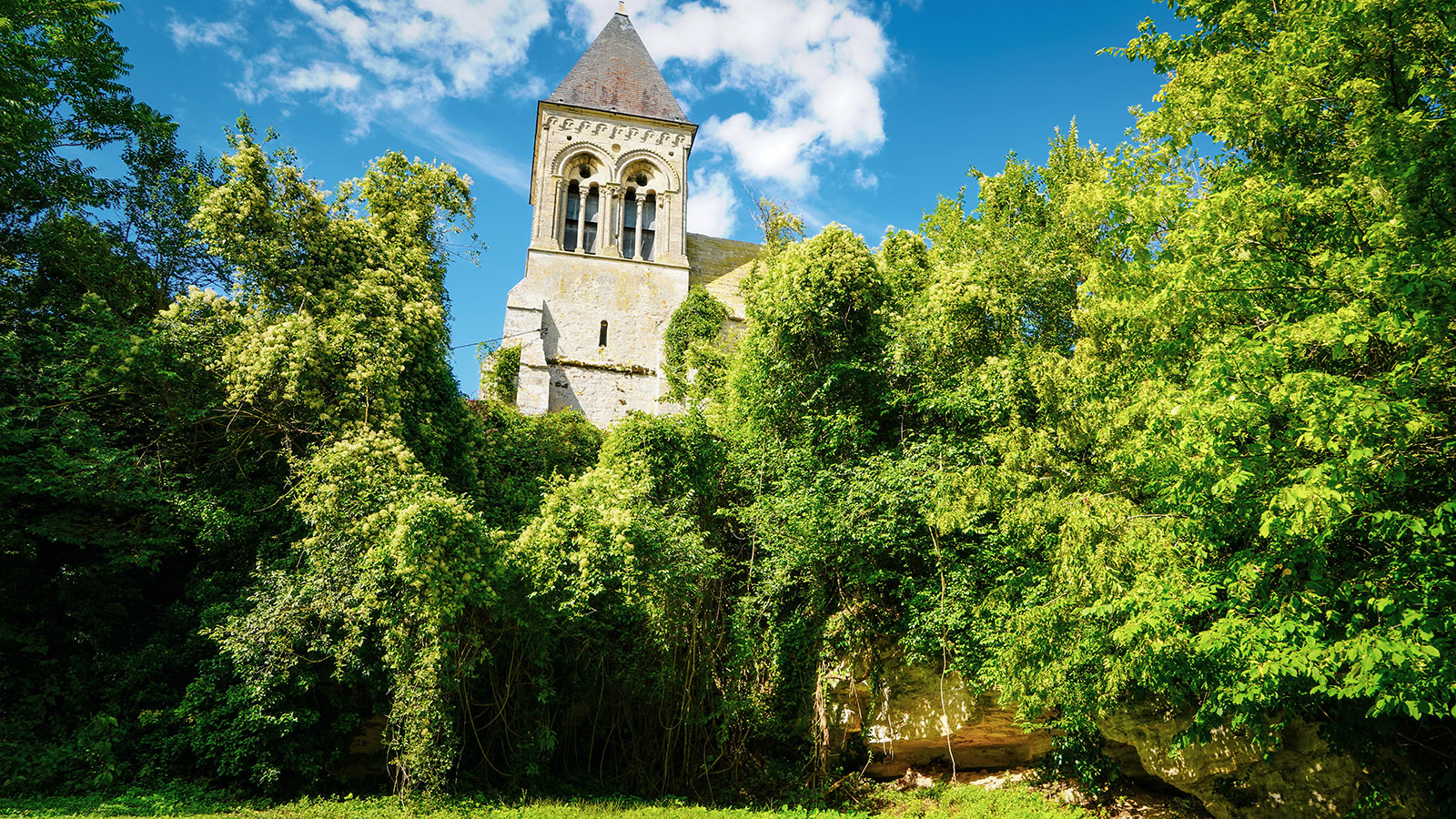Reading time: 18 minutes
Located at the gateway to the Val d'Oiseclose to the Chantilly Castle and the cobbled streets of Senlisa few kilometres from the Compiègne forest and only 30 minutes by train from Paris, don't guess about Destination Creil Sud Oise, explore it!
Here we don't walk the Haussmannian boulevards. We live the life of those who extracted its stones.
Here, we don't walk around majestic castles. We meet a family who is restoring one.
Here we do not walk the battlefields of the Somme. We live the life of a bourgeois family who lost their son during the Great War.
Here, we don't go on board the Hermione Ship. We live the lives of those who forged its nails.
Here we don't walk through centuries-old cathedrals. We explore an abbatiale church that looks like a cathedral.
Here we do not have the Caen Memorial. We live the life of a little boy who witnessed a bomber crash in 1943.
This is not the Provencal calanques. But gigantic blocks of limestone are the delight of climbers.
There are not the Ardèche gorges. But adventure awaits us at the end of our paddle.
Here we don't have an azure ocean. But our ponds offer the most beautiful shades.
Here, you don't sail off heavenly beaches. But we are still very "optimist".
Here you can't see the Eiffel Tower from a boat. But the river Oise offers the serenity of a cruise above calm waters..
Discover the 11 cities of Creil Sud Oise!

Cramoisy
The city of Cramoisy is surrounded by nature, between the river Thérain and the hillsides covered with fields and woods.
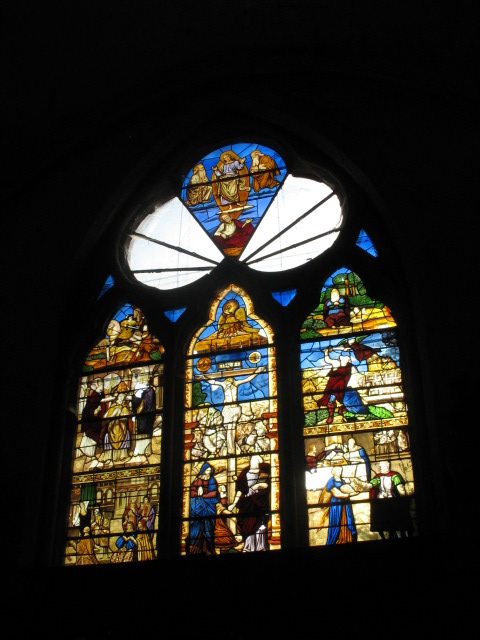
The local church has very colourful stained glass windows and a mural in the choir area. Next door, an old Dimière Barn was used to collect the tithe, a tax that the peasants owed to their lord.
A former factory, named Parvillée whose glass roof was designed and installed by the Eiffel workshops, manufactured porcelain insulators and galvanised fittings. It was built there to relocate the Paris factory, which was too cramped. Clodes after the Second World War, the Parvillé factory has been rehabilitated and is now used for housing. The Tourist Office sometimes organises guided tour of the premises.
On the outskirts of Cramoisy, in the direction of Maysel, you can see an old buildinf occupied by "The Clos du Nid"an association for reintegration through work, which occupies the former Sourivière Castle.
The Second World War also affected the village when a heroic american soldier sacrificed his life.The young American soldier barely managed to get his plane upright, but lost his life when his parachute failed to open as he tried to climb out of the aircraft at too low an altitude. Today, an American artist living in Cramoisy, Monte Laster, is developing an artistic project to pay tribute to this hero, in partnership with the Cramoisy city council.
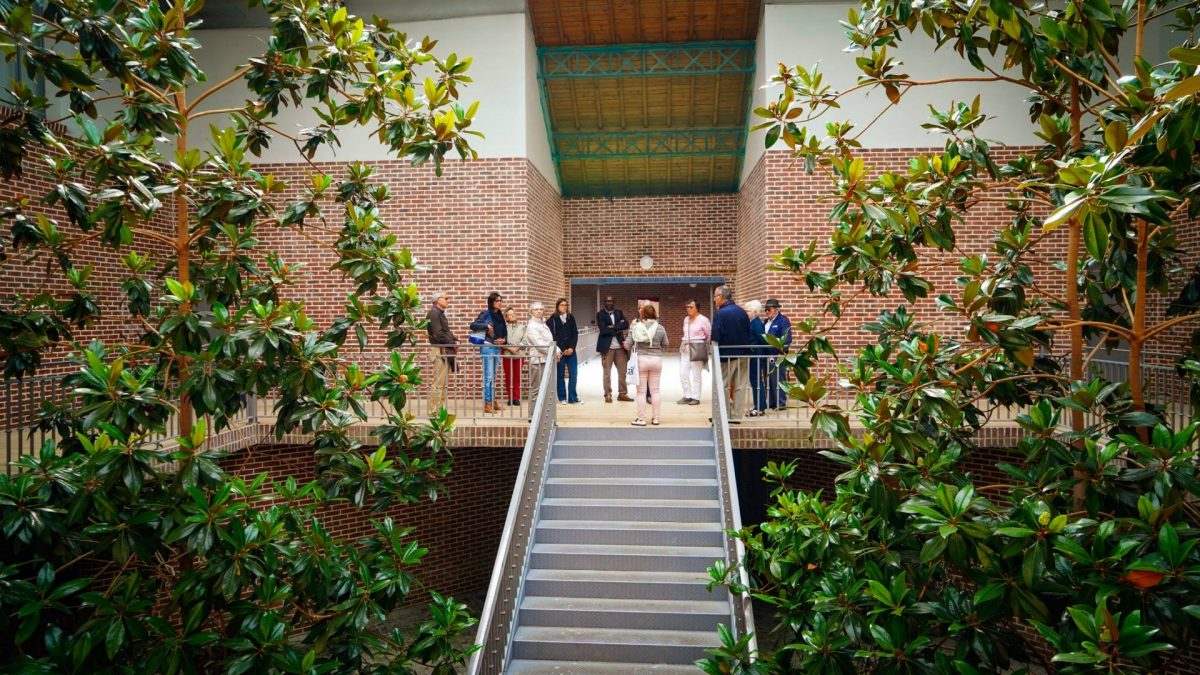
Creil
Of its medieval past, Creil still preserve some remains of its castle,one of the most important in the region according to recent archaeological discoveries, as well as the Collegiate Church of Saint-Evremond dating from the 11th century. You can admire the Castle Tower and the foundations of the former medieval cellar. The Collegiate Church, which stood opposite the Town Hall, was completely destroyed in the 19th century, but some of its capitals have been preserved in the storehouse of the Gallé-Juillet Museum.
TheSaint-Médard church has a very astounding architecture, due in part to extensions forced by the lack of open space, situated between a surrounding wall and a large number of dwellings. Two 17th-century paintings are currently being restored. The church is also home to a rare industrial boiler room dating back to 1930!
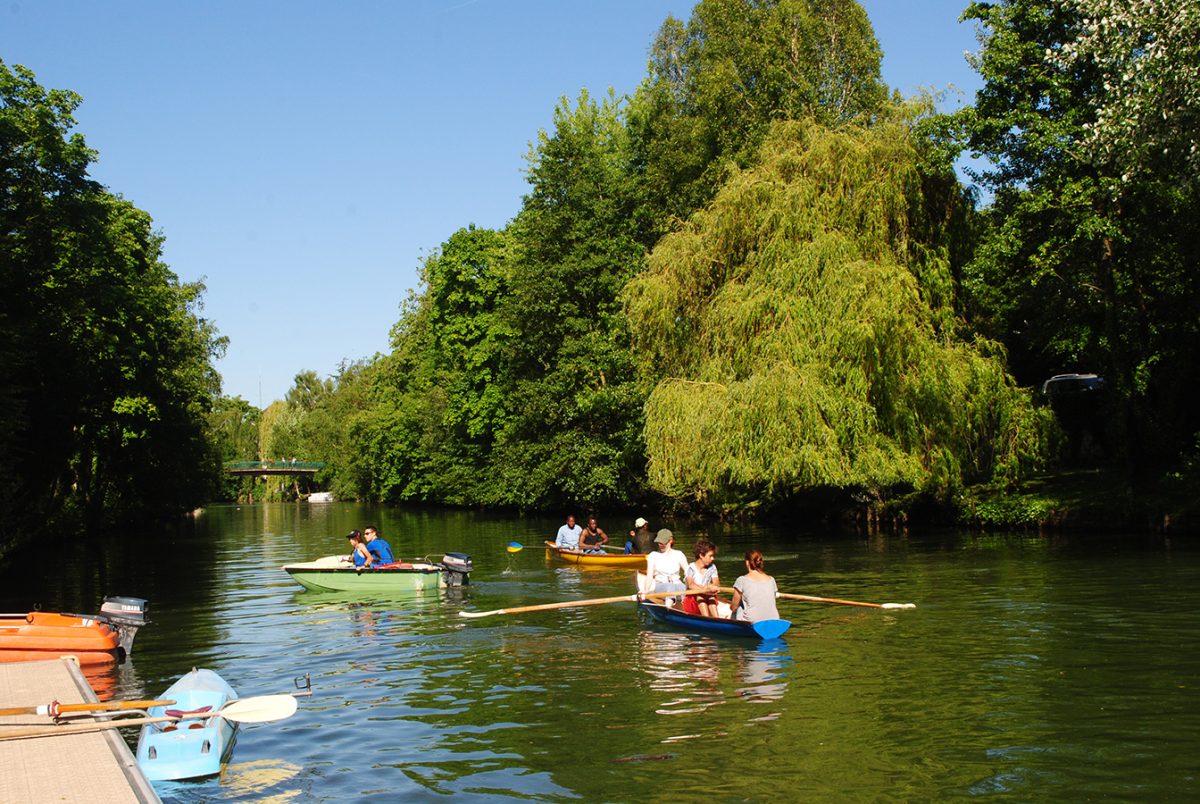
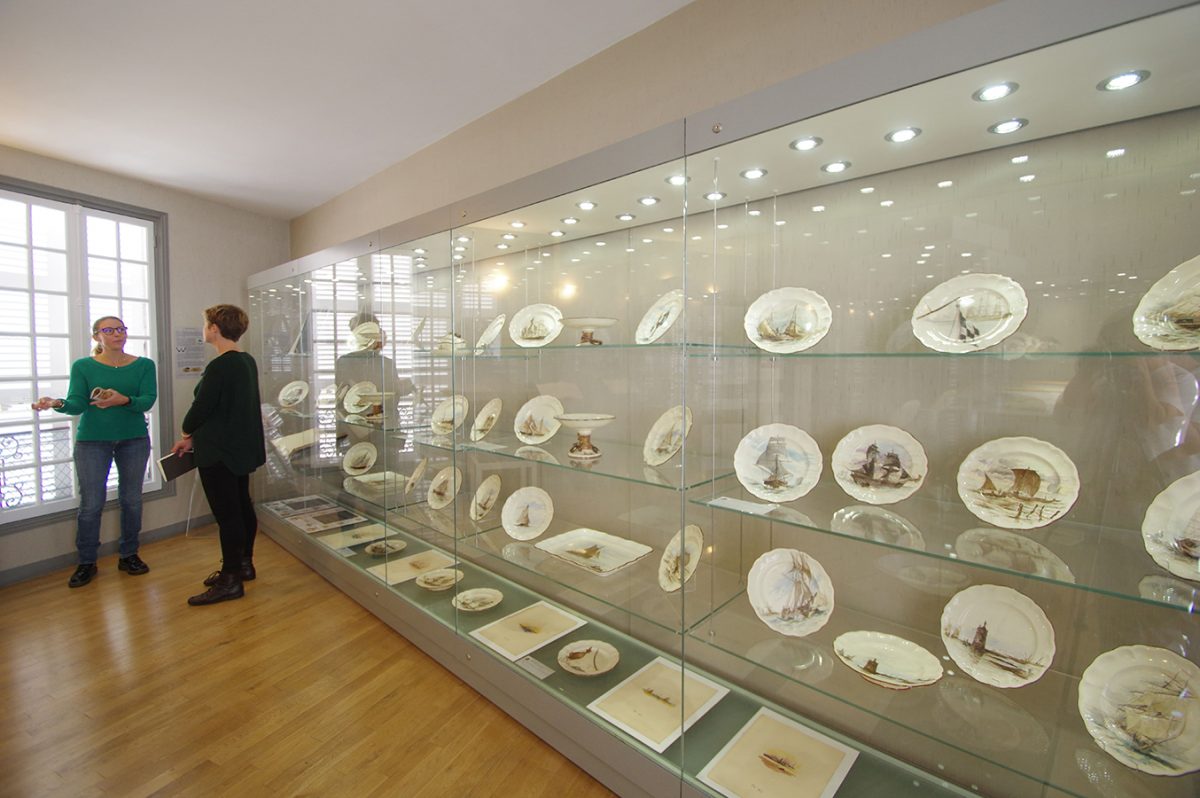
Creil's more recent past, that of the town's industrial expansion through the manufacture of earthenware, is presented in the House of Earthenware. You can admire an important collection of everyday objects (crockery, toilet utensils, etc.) made of Creil-Montereau earthenware. Opposite, the Gallé-Juillet Housemuseum, which is still furnished as it was at the beginning of the last century, presents the life of Auguste and Berthe Gallé, who lived there with their only son Maurice, who died in the Somme battlefields in 1916.
Creil's industrial history continued until the 1970s thanks to the creation of numerous metalworking factories. A very beautiful testimony of this past remains through the Rivierre nail factoryThis is the only factory in Europe that is still in operation. visit the castle.
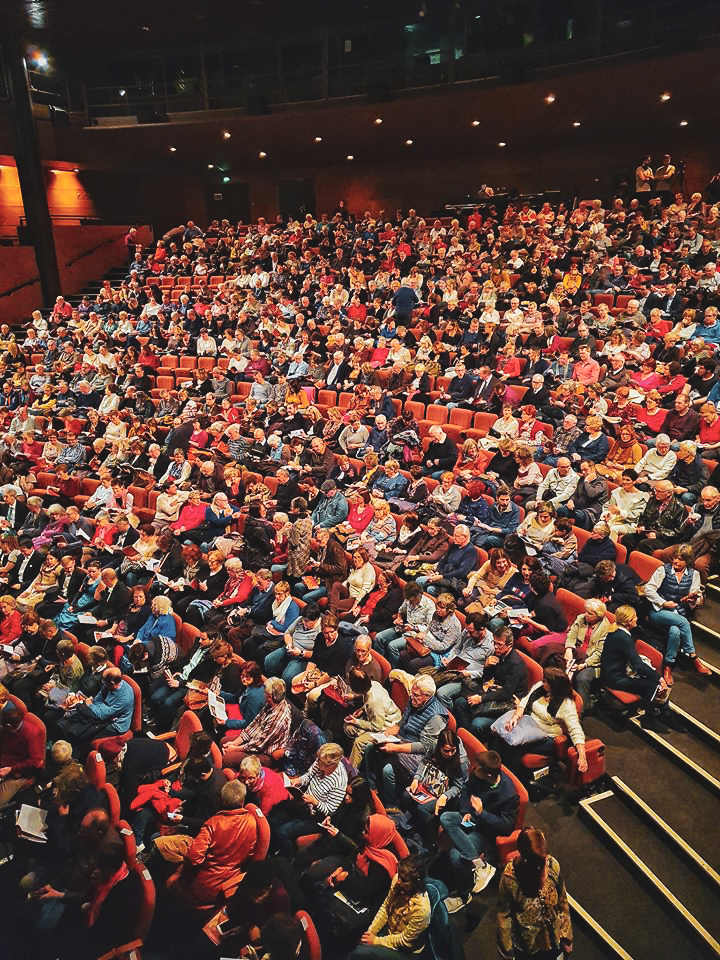
The city offers an extensive cultural programme with various events that it organises as well as the Faïencerie-Théâtre-Cinéma which offers shows, theatre, cinema and concerts for children and adults.
TheSaint-Maurice Island is the green heart of the city where you can go for a walk, have lunch, admire the fauna and flora or even practicerowing with the Club l'Étoile Nautique de l'Oise.
Good to know :
The city of Creil has been awarded the Villes et Villages Fleuris (Towns and Villages in Bloom) label, with 3 flowers.. The flower plants are grown in the municipal greenhousesthat you can discover during the free visits organised by the Tourist Office: check out our calendar ! The technical services team regularly participates, alongside the Tourist Office, in Chantilly Plant Daysthrough the design of the stand.
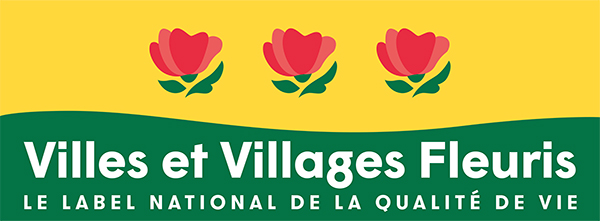
Maysel
Maysel is a peaceful village typical of the south of the Oise with its stone houses, surrounded by a forest ideal for walk or hike. Peaceful is the right word since this village is a white zone where the internet and telephone waves do not pass!
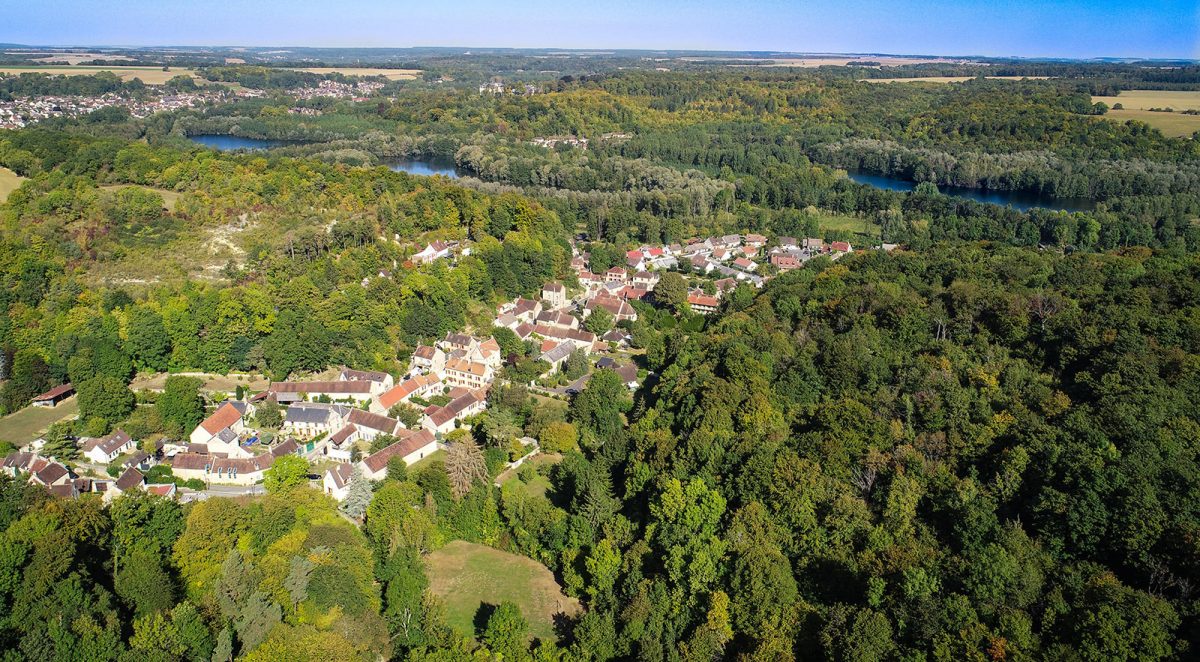
Maysel takes its name from Macellum which can be found in the archives as early as 1157. At that time, the town had a castle which belonged to the barony of Mello and was inhabited for a time by the Count of Saint-Paul, Constable of France under the reign of Louis XI. The church of Saint Didier has an inverted ship's hull structure dating from the 16th century.th century.
Close to the village, an old open stone quarry, the " Carrière aux Vignes "also known as "Carrière aux Loups", hosted the shootings scenes from the film The Pact of the Wolves.
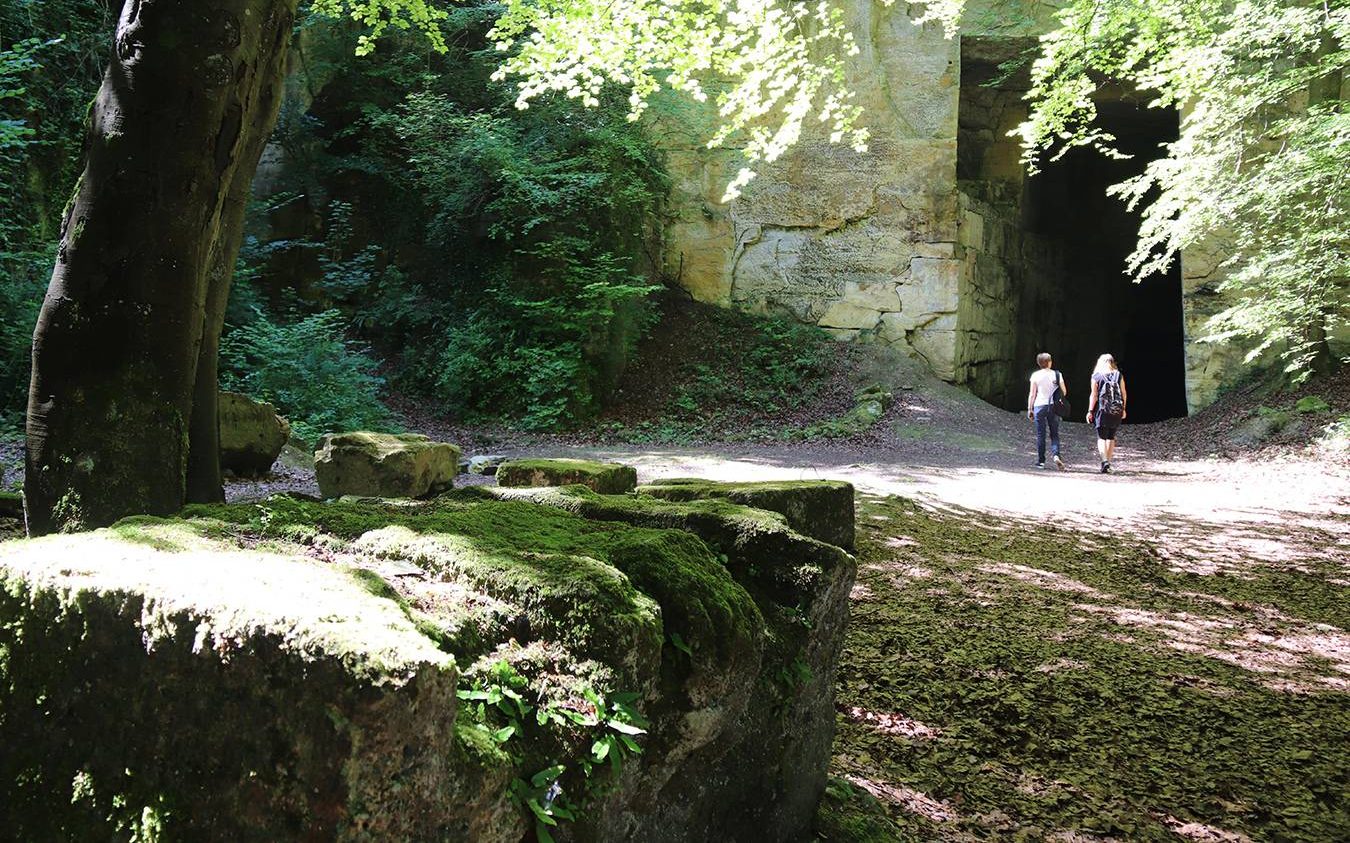
Montataire
Montataire overlooks the Oise and Thérain valleys and it is from this position that the town takes its name: Mons ad Theram, the Mountain near the Thérain.
From a distance, you can see theChurch of Our Lady and at his side the Castle which dates from 12th The house is now renovated by its owners, Marie-Astrid and her father François-Xavier. These two history buffs invite us to discover the history of illustrious characters and twists and turns during a a guided tour full of humour.
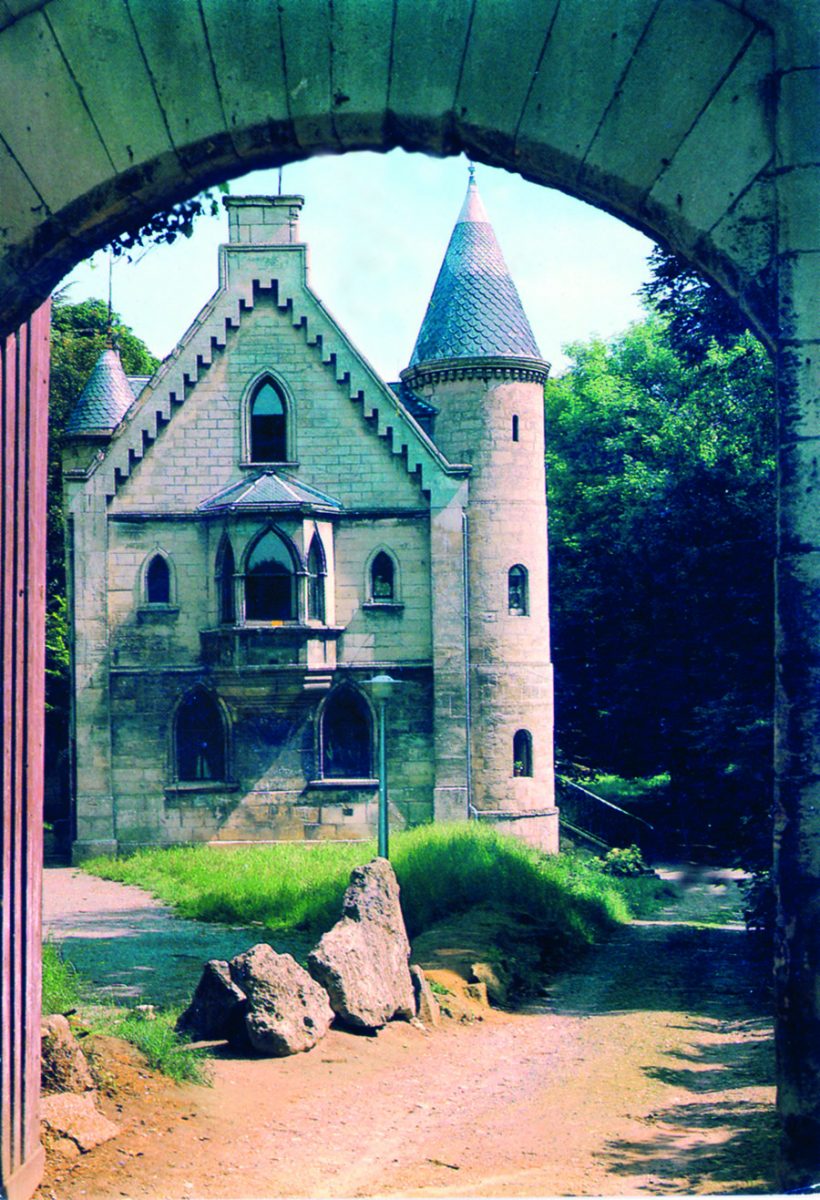
Close to the Château de Montataire, one of its illustrious inhabitants and mayor of the town, Baron Condé, had the castle built in the 19th century.th century, the Small Castle to house his mother alongside him.
Between the two buildings is the Jubilee Fountain, erected in honour of Queen Victoria during her Diamond Jubilee by the heir of Baron Condé, Alfred Schultze (who also owned the Château). Behind the fountain, embedded in the pediment, one can see Merovingian sarcophagi which attest to the antiquity of the town and the rapid settlement of people on this strategic promontory. These sarcophagi are part of a necropolis where nearly 300 graves were discovered between 1880 and 1980.
Also close to the Château de Montataire, the town is home to the Cave of Pierre l'Ermitea great orator from the time of the First Crusades to 11th century, where the famous character is said to have stayed. These troglodytic dwellings are numerous in the south of the Oise and are still inhabited today.
The strategic location of the area led to the industrialisation of the town of Montataire and the establishment of several large factories. Today, you can admire the remains of the old Marinoni factory, where Le Petit Journal Illustré was printed, then Goss (specialising in rotary presses), as well as the Perret HallThe building was designed by the Perret brothers to house the Saxby factory, which manufactured lifting and handling equipment. It is now a music conservatory, a concert hall and an exhibition hall. L'Montataire's meeting placeThe city's festival hall also evokes the city's industrial past through the brightly coloured corrugated iron walls, which recall those made by the Chausson factory in the body shop.
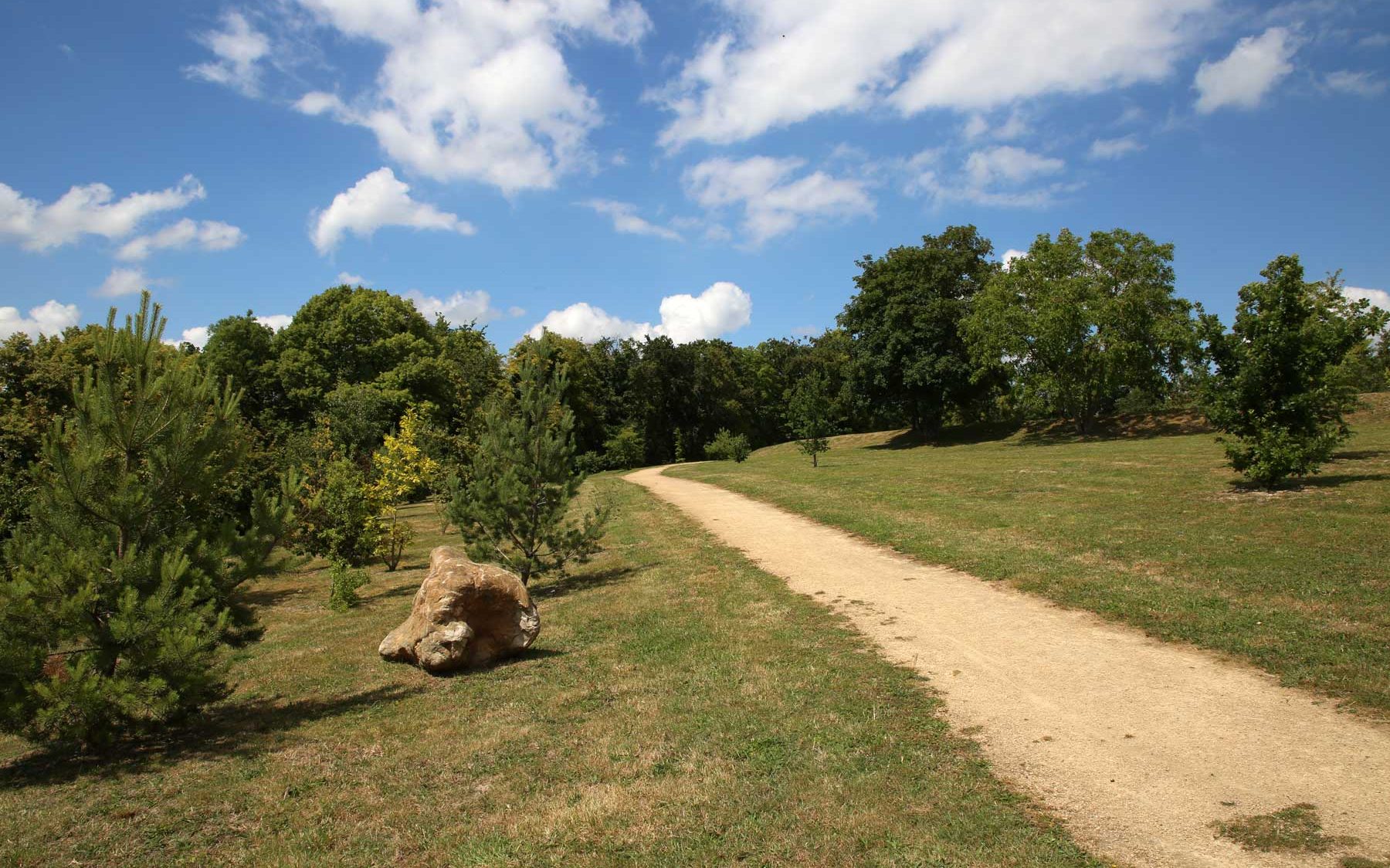
Several green spacesas the Godart Wood and the Green corridorand sportsmen or fishermen such as the Urban Parka former gravel pit. The town of Montataire is also awarded the 3-flower Villes et Villages Fleuris label. The Montataire Canoe-Kayak Club offers kayaking trips on the Thérain.
Nogent-sur-Oise
Nogent-sur-Oise was called, until 1905, Nogent-les-Vierges, in honour of Sainte-Maure and Sainte-Brigide, two pious sisters who gave their name to the church and whose relics are stored there. The bell tower of this church is particularly remarkable and is one of the most beautiful Romanesque bell towers in the region.
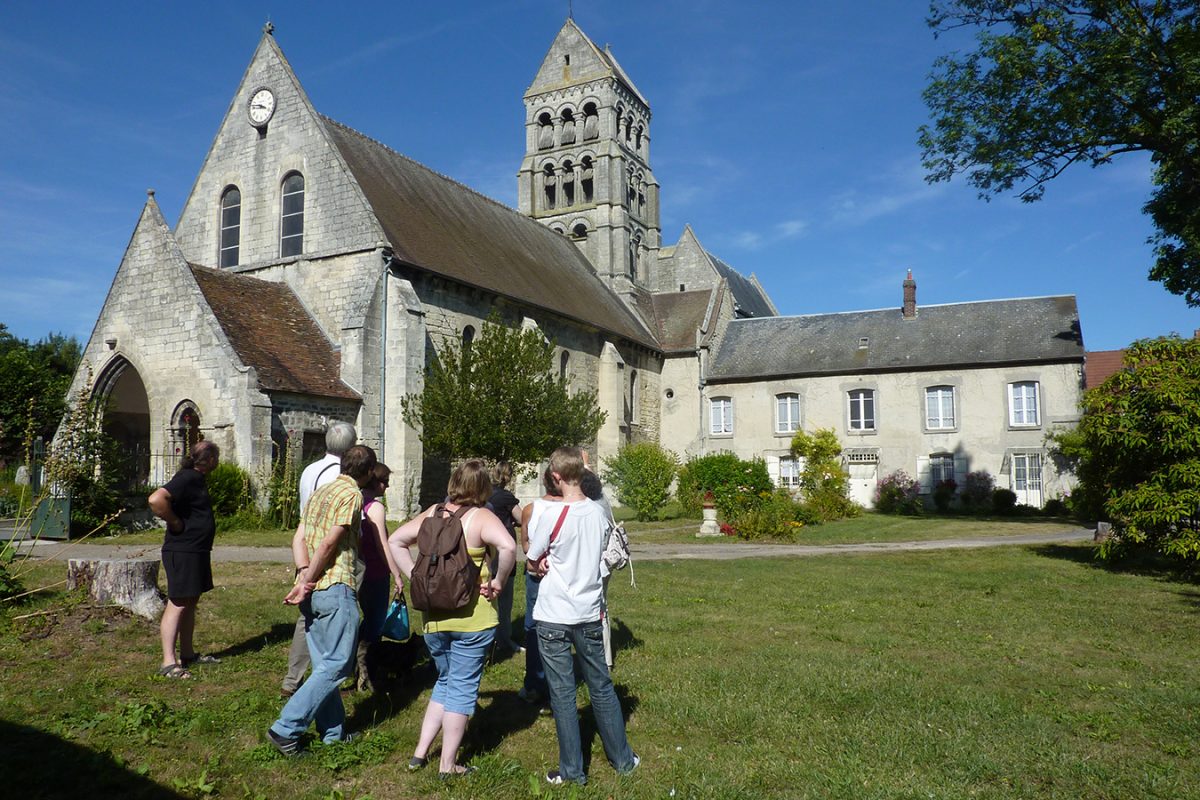
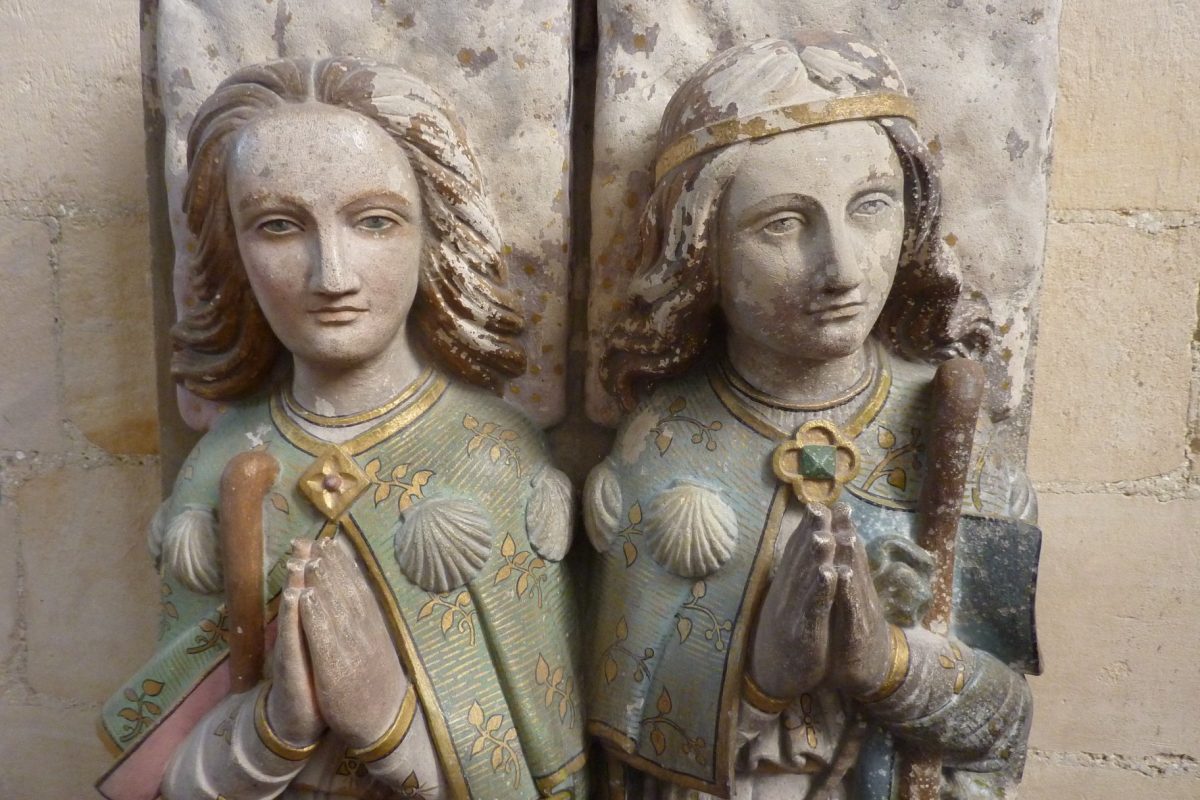
The city of Château des Rochers is the former home of the English industrialist Charles Burton, who built the former Howden BC factory on the site of an old mill where flints were crushed for the earthenware industry. Today, the castle houses a performance space and concerts as well as a recording studio, NSO Studio.
Within the Hebert Park, the city's green lung, one can admire, during a walk with family and friends, the former façade of the Sarcus Castle.
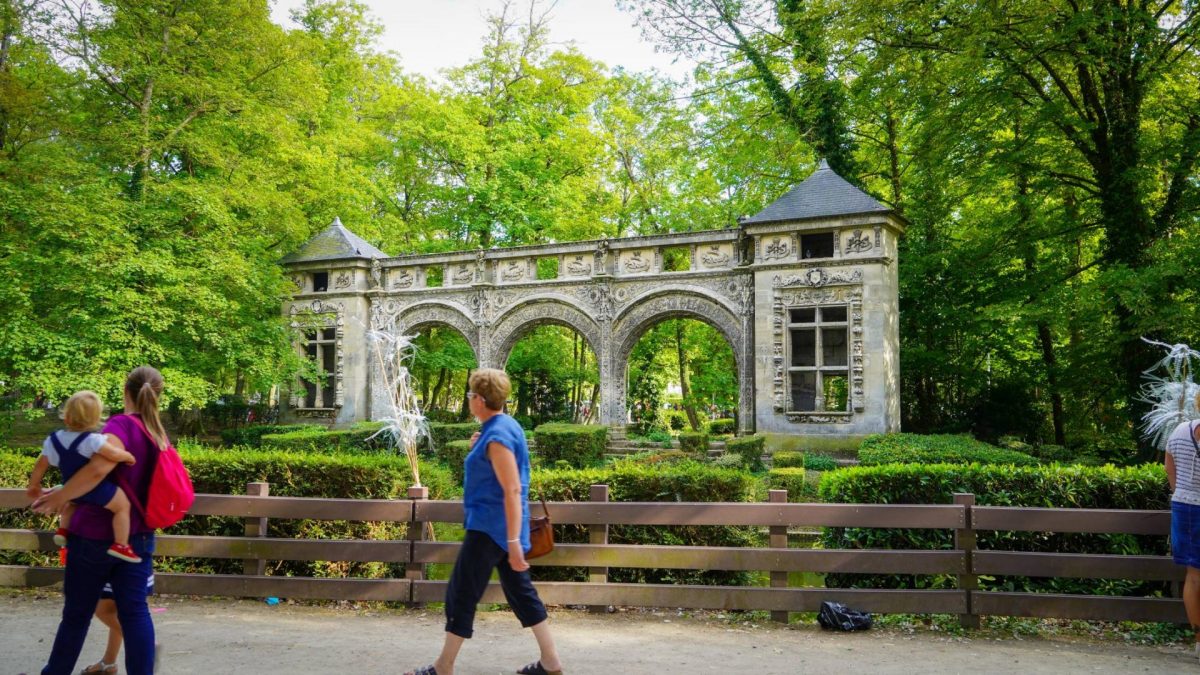
Rousseloy
RousseloyThe "spring that flows" is a village where life is good. Surrounded by woods and stone quarries, it is an ideal place for a a walk or a hike!
The local Saint Martin's churchThe church, which is listed, has a bell dating from 1501 and is said to be the oldest in the region. It has no nave to save space and the cemetery was for a long time around the building before being transferred outside the town.
In 2021, on the occasion of its 30th anniversary, the Route du Poisson, a horse-drawn carriage race, passed through Rousseloy. This race, created in 1991 and suspended in 2012, follows the route of the Route du Poisson (Fish Route), which was used by the chasse-marées, the fishmongers, between Boulogne-sur-Mer and Les Halles de Paris to deliver fresh fish.
Saint-Leu-d'Esserent
Saint-Leu-d'Esserent has a rich medieval past that can still be admired in its majestic Abbey of St. Nicholas which overlooks the city, its surrounding medieval quarter, the Banvin Cellar where the reserves of the Cluniac monks were stored as well as the PrioryToday it is privately owned and open to the public during the Heritage Days. It was in the town of Saint-Leu-d'Esserent that the JacquerieThe first of these was a peasant revolt against the nobility and high taxes.
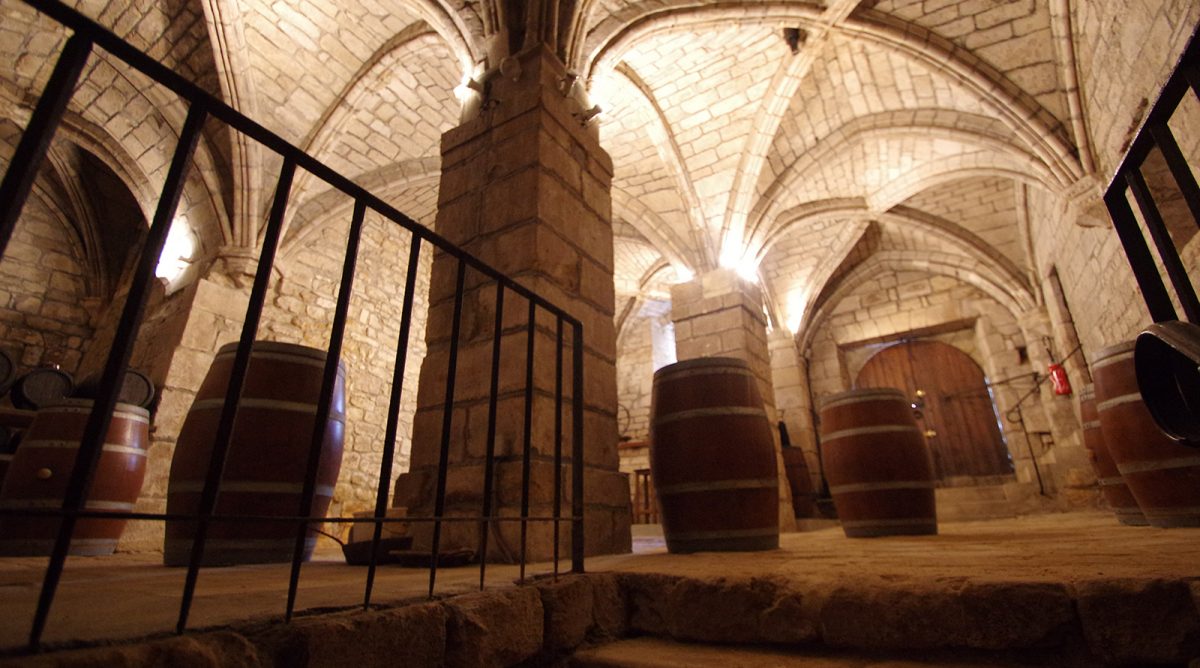
The town, like that of Saint-Maximin, was built around the river Oise where the blocks of stone from the quarries in and around Saint-Leuand to major sites under construction, such as the Haussmann boulevards in Paris, the Pont Neuf, the Opéra Garnier, etc.
This past centred around stone is also visible in the typical houses of the South of the Oise, the troglodytic houses.
The Leisure centre has a lake divided into two parts: one for supervised swimming, with its sandy beach, and the other for gentle water sports such as pedal boats and paddle boats. With its 50 hectares of greenery, you can go for a walk or a picnic or even try your hand at pony riding! Just next door, the Water sports centre offers introductory courses and sailing lessons. The Parc Aventure de l'Étang des Loupslocated in the Leisure Centre, offers an Explor'Game® and an Accrobranche for adventure enthusiasts!
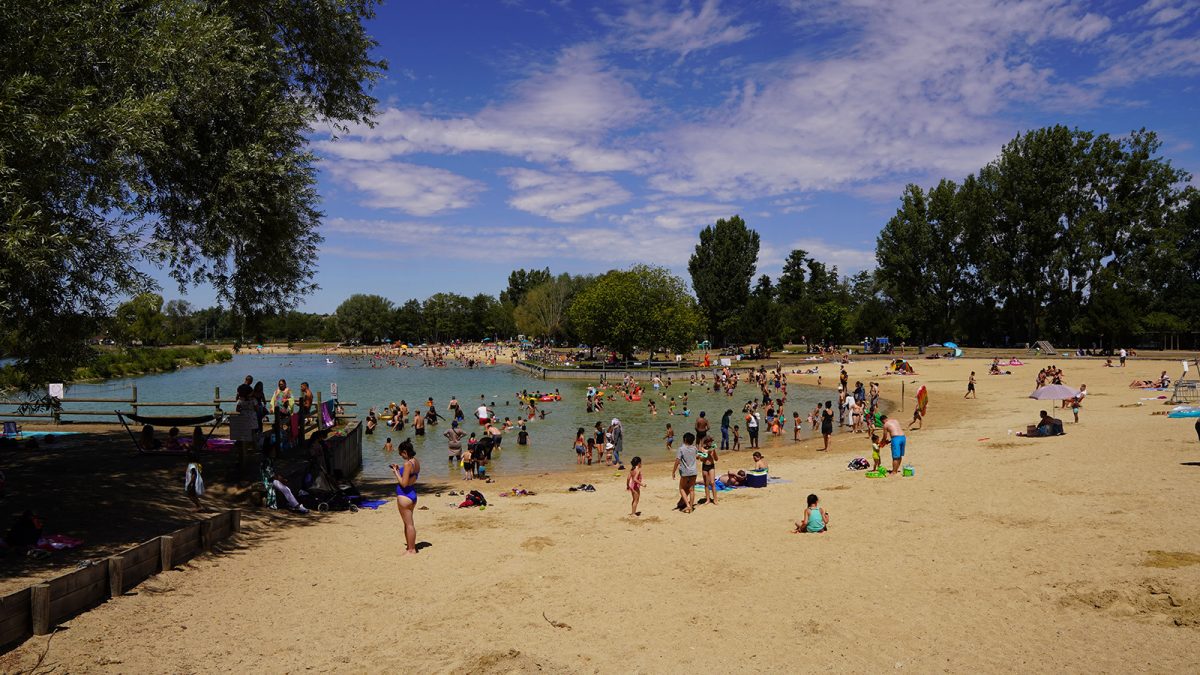
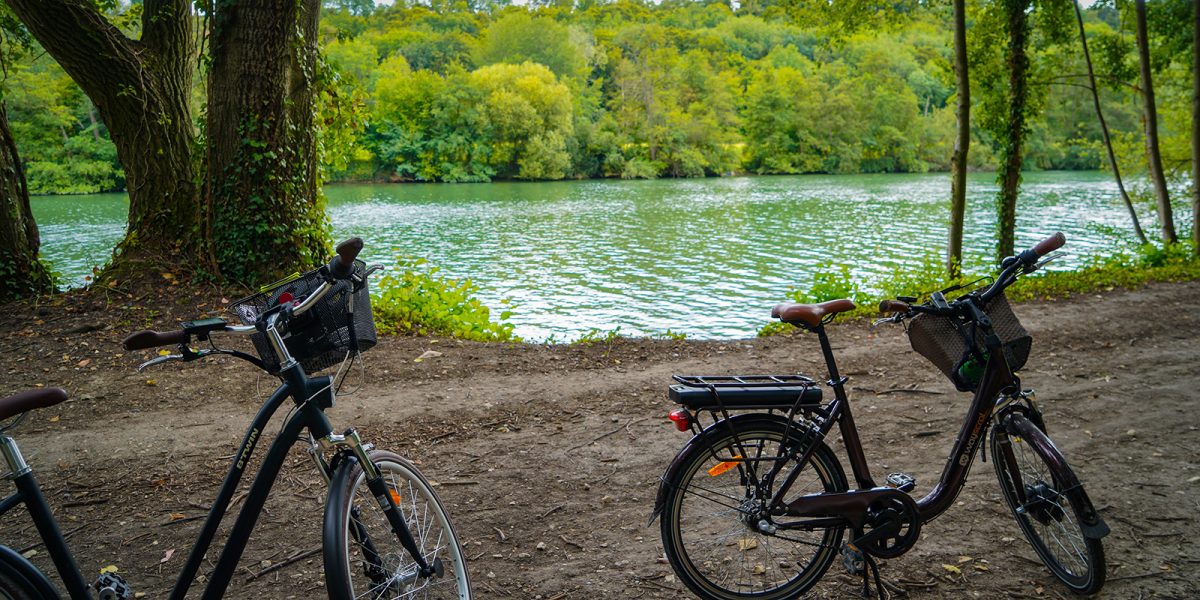
The city has several green spaces free access like the Parc de la Garenne and its health course, the Banks of the Oise recently developed for family or solo walks or the Gardens of the Abbey and the Town Hall !
Saint-Maximin
Known around the world for the Pierre de Saint-Maximinl' city has kept a strong activity around the exploitation of the stone thanks to its 3 quarries still in activity.
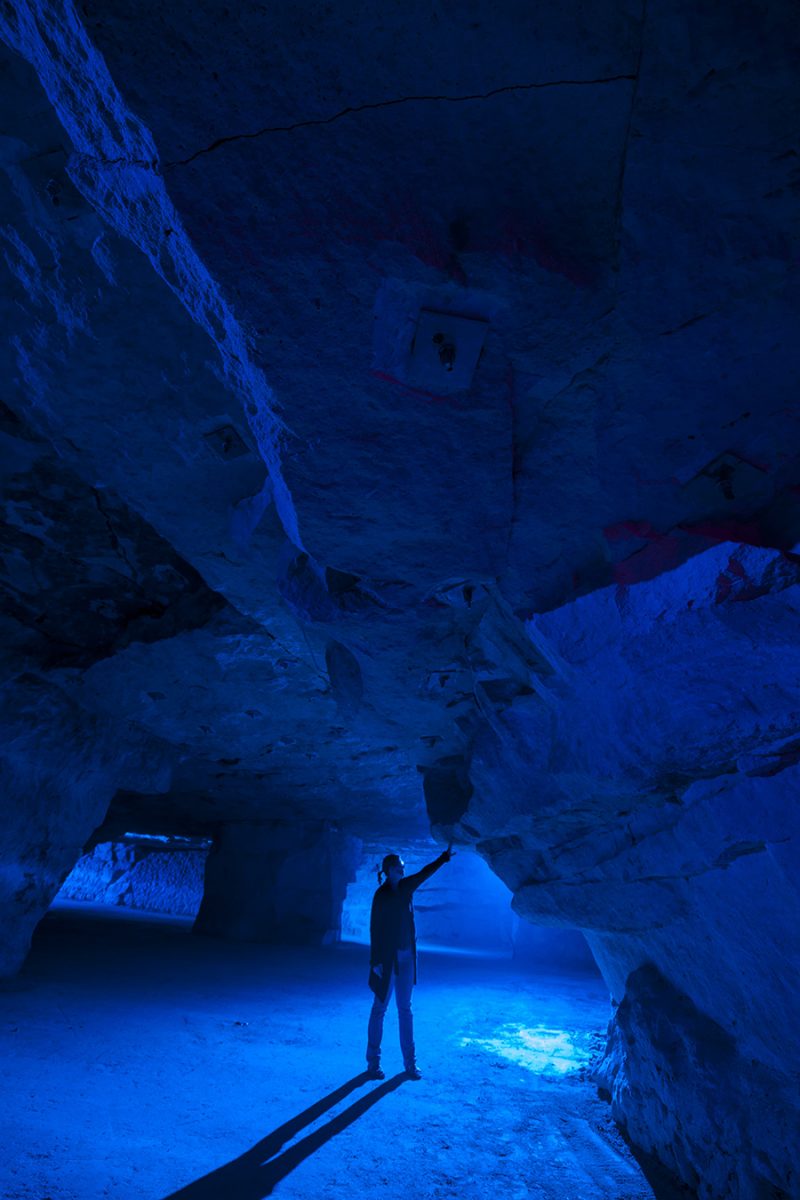
From 18th In the 19th century, the stone was transported by boat on the Oise to Paris for the construction of the Grands Boulevards, the Pont Neuf and the Tour Saint-Jacques. Today it is used mainly for catering and is exported to the United States and Asia. You can discover the history of this exploitation and of those who worked this material in the House of Stone of the South of the OiseA centre for the interpretation of stonework. This history is also depicted in the stained glass windows of the local church, which have beautiful, warm colours, especially when the sun shines through them!
But the history of Saint-Maximin does not end there: razed to the ground by almost 95% during the Second World War, the town wished to commemorate this past within the Bombing Museum and in a project underway to rehabilitate a barracks, one of the temporary dwellings that housed disaster-stricken families after the war.
The town also has two castles, the Laversine Castle which hosts a school and the Château Civet which is home to an Institut médico-éducatif (ITEP).
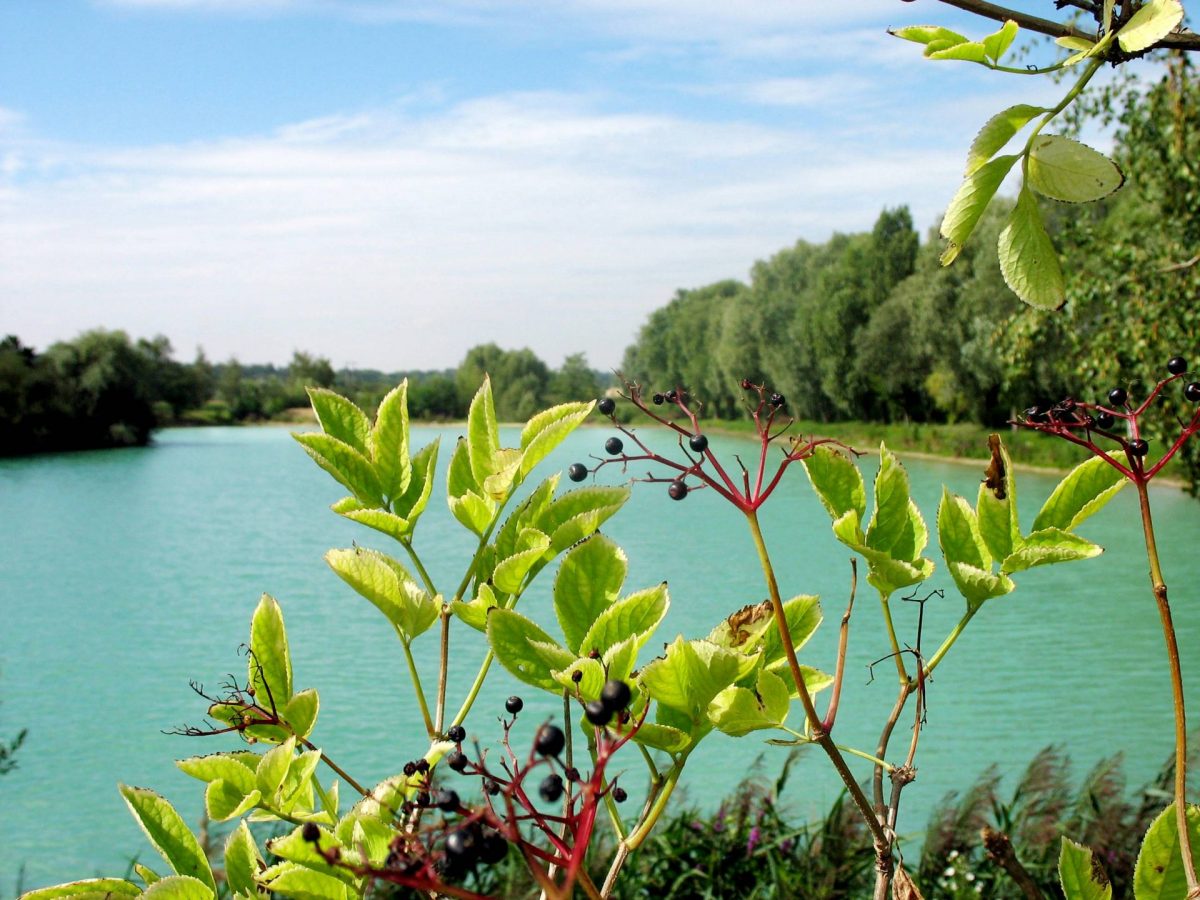
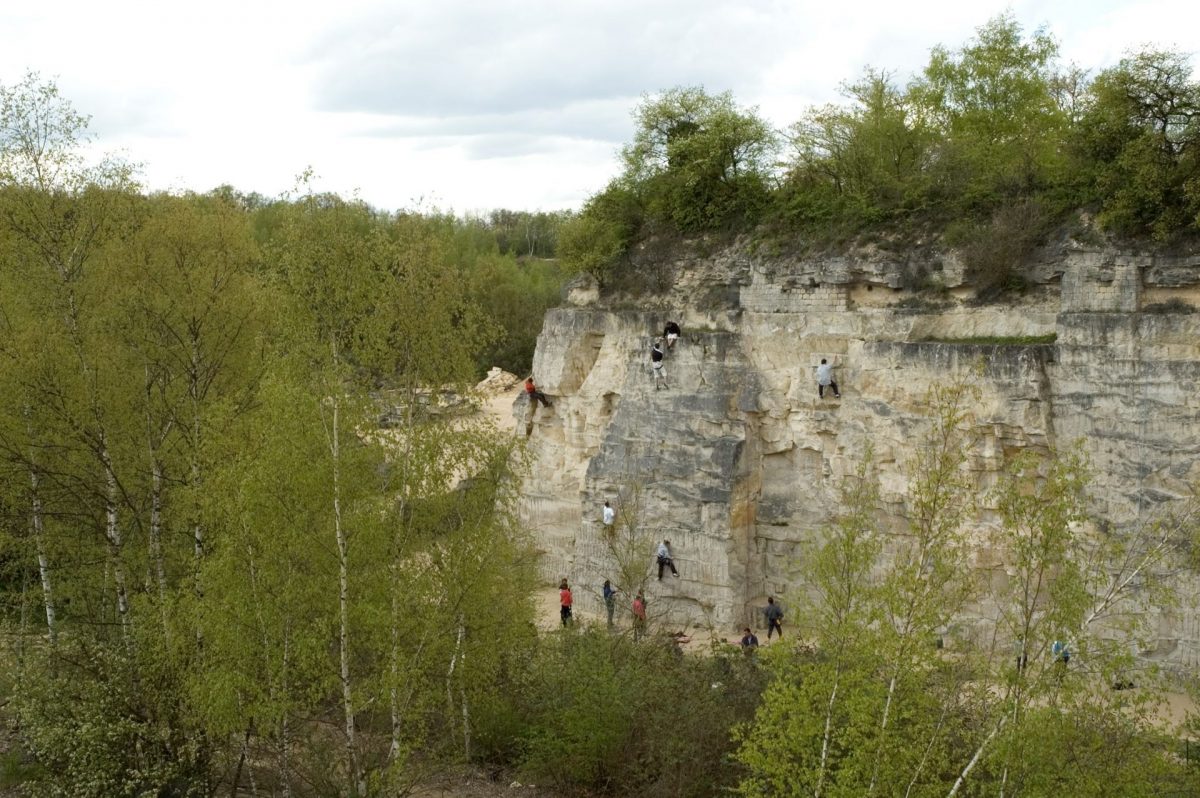
The city offers a a rich programme of temporary exhibitions around local artists or a variety of subjects such as stone, women's rights, poetry...
To get away from it all and enjoy the fresh air, Saint-Maximin has several natural places as the Larris wall where courses climbing spots have been developed or theSt. Barbara's PondThis is a former gravel pit of azure blue colour, in the middle of which is a tranquil area for bird breeding.
On the outskirts of the city, a little way out, is one of the largest commercial area of Europe where over 300 brands invite you to relax and shop!
Saint-Vaast-lès-Mello
Saint-Vaast-lès-Mello is a typical village in the south of the Oise region, which can be seen very clearly in its church of 12th century and its houses built from local stone. Two wash-houses are still visible and have been restored, and signs explain the history of the area.
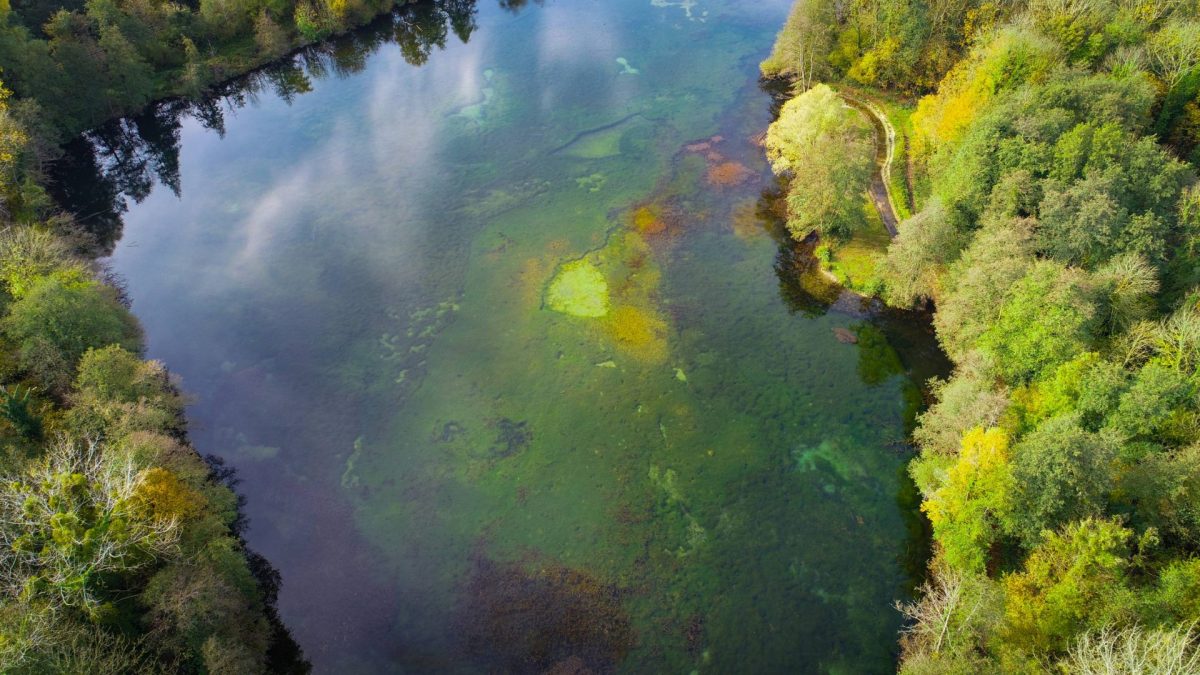
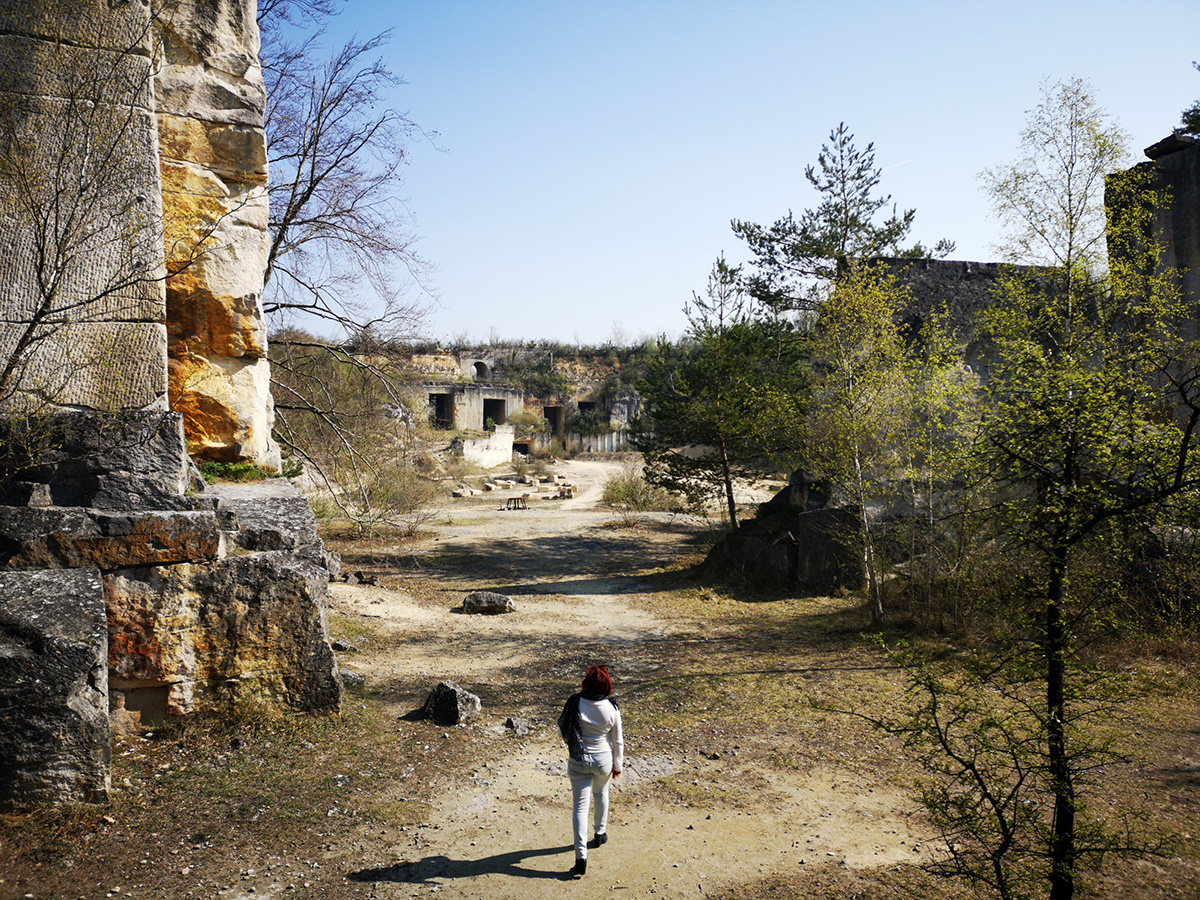
At the bottom of the village is the Chantraine MarshA large body of water around which an interpretation trail with signs on the local flora and fauna welcomes walkers and hikers.
The CoolersThis unique place is in fact an old stone quarry whose blocks, several metres high, have been invaded by pine vegetation, worthy of the South of France! This unique place is in fact an old stone quarry whose blocks, several metres high, have been invaded by pine vegetation, worthy of the South of France! It is on the walls of these blocks that the French Mountain and Climbing Federation of the Oise installed climbing course of all levels, to the delight of climbing enthusiasts.
On the outskirts of the village is the hamlet of Barisseuse with an old stone farmhouse dating from the 18th century and transformed into a hotel, reception and seminar room, the Clos Barisseuse.
Thiverny
The story of Thiverny dates back to 5th The village of Thiverny was founded in 918 and was one of the first in the region. The commune of Thiverny was created in 918 and is one of the first in the region. Its church is known to be one of the oldest in the department, built as early as the 12thth century and primitive architecture.
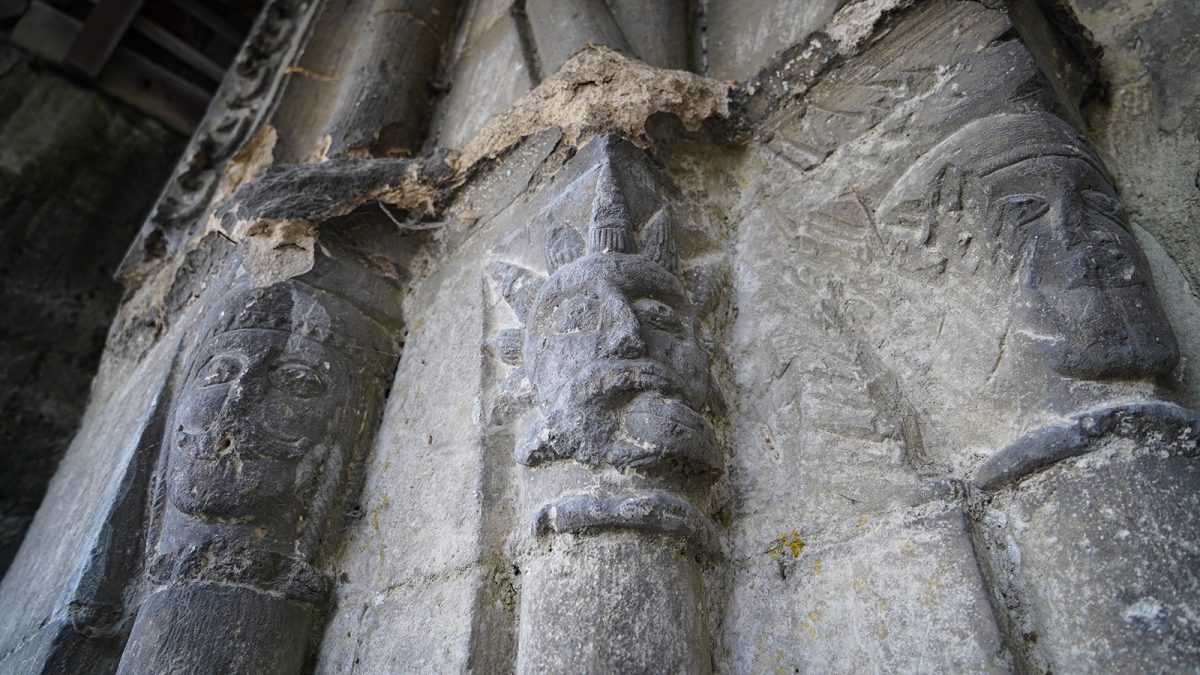
Built against a stone pediment, the town has a natural area, the Maladrerie pond which is a former gravel pit. This gravel pit provided materials for the Stade de France in Saint-Denis when it was built. Today, it is an ideal place to walk around with your family or friends and to observe the fauna and flora that have settled there!
Villers-Saint-Paul
Villers-Saint-Paul is a dynamic city with the Parc de la Brèche where it is pleasant to be walk and where, in summer, a Little Train The park was once home to the town's castle, the remains of which can unfortunately no longer be seen today. This park used to be home to the town's castle, of which unfortunately no remains can be seen today.
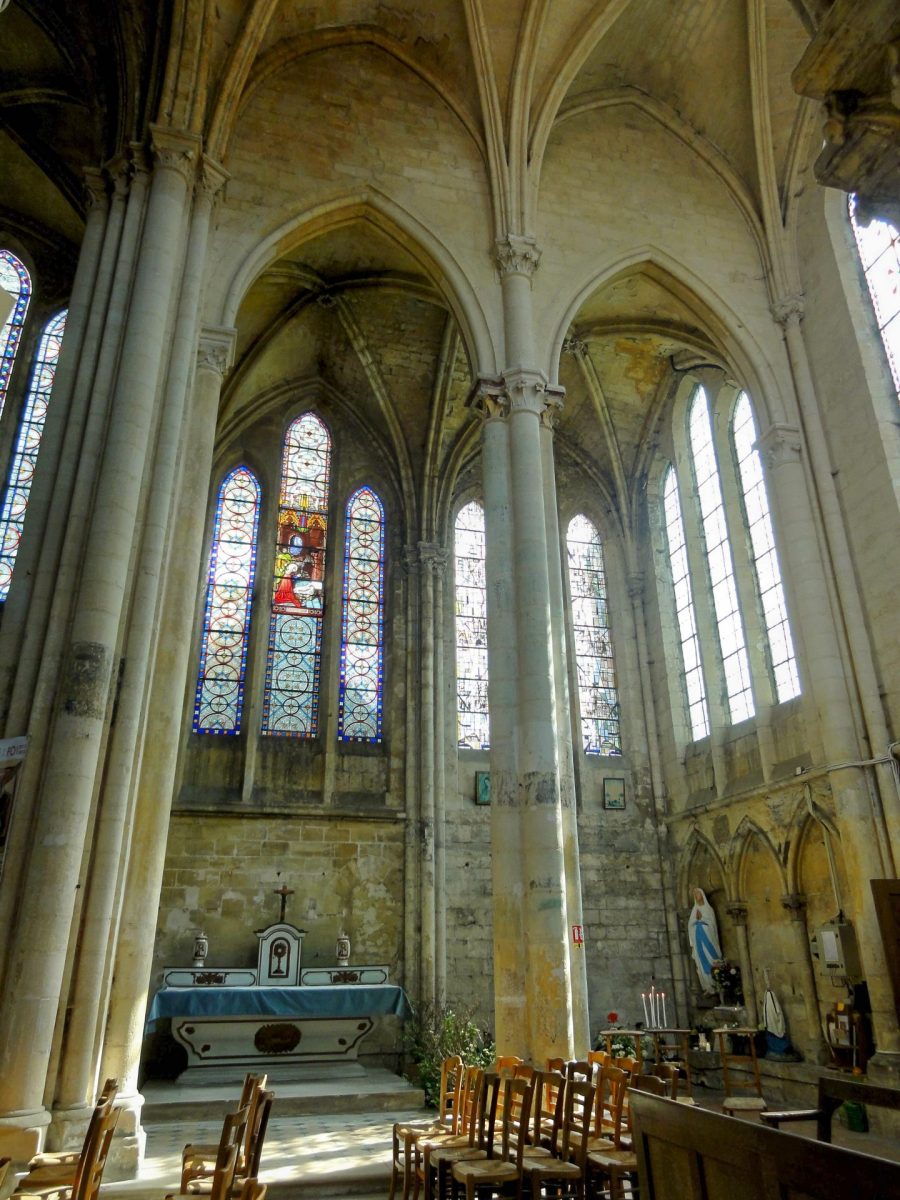
In the centre of the city, there is the church of St Peter and St Paul which marks the transition between Romanesque and Gothic architecture. The aisles are illustrated with chimeras such as mermaids, dragons and harpies. Among the stained glass windows, one of them dates from 13th century.
Near the church, in the heart of the city, there is an urban farm, the Chicken TreeThis is an eco-environment where respect for living things, both animal and vegetable, is the main concern of its owners. From visits There are also courses in permaculture, cooking and wool spinning, for children and adults alike.
Good to know :
The The town of Villers-Saint-Paul has been awarded the Villes et Villages Fleuris 3 flower label. For several years now, the green space services have been assisting the Tourist Office with the creation of its stand at the Chantilly Plant Days.


